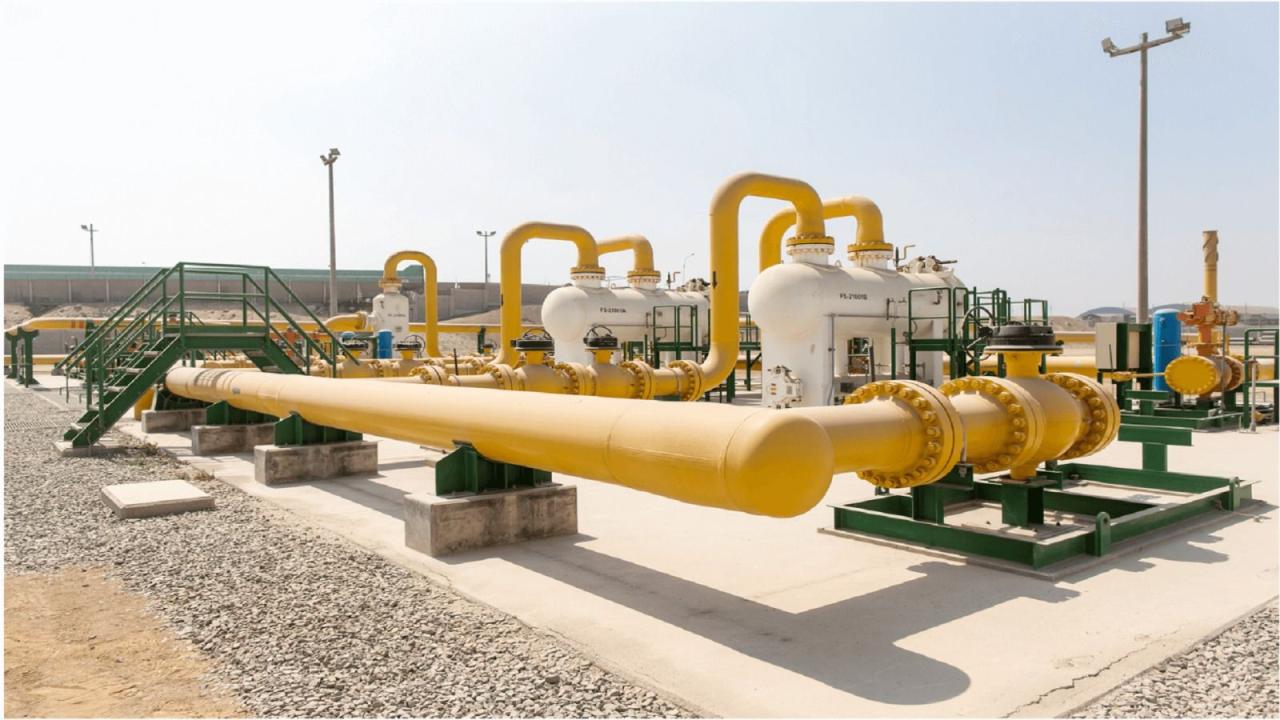
The study 'Contribution of natural gas to the improvement of air quality, public health and the mitigation of climate change', prepared by the specialized consulting firm Libélula, indicates that, in a scenario without natural gas, emissions in the period 2005 – 2030 they would be 21% higher.
T he use of natural gas in Peru, in the period 2005 – 2030, will have avoided emissions of 102 million tons of greenhouse gases (GHG) in the country, which is equivalent to 187,000 hectares of conserved jungle or five times the size of the Machu Picchu Sanctuary.
This is revealed by the study ' Contribution of natural gas to improving air quality, public health and mitigating climate change ' , prepared by the specialized consulting firm Libélula, commissioned by the companies Pluspetrol, operator of Camisea; Transportadora de Gas del Perú (TGP), and Cálidda, key players in the production, transportation and distribution of natural gas in Peru.
The study indicates that, in a scenario without natural gas, emissions in the period 2005 - 2030 would be 21% higher, also making it difficult for Peru to meet its commitment to the United Nations to reduce emissions by 2030.
The president of the Peruvian Hydrocarbons Society (SPH), Felipe Cantuarias commented that natural gas is a cleaner source of energy compared to other fuels. Its use contributes to the reduction of polluting emissions, which is crucial to address environmental problems and comply with our country's international commitments regarding climate change.
The findings of the study demonstrate that natural gas is a key factor in promoting a healthier and more sustainable environment, and a fundamental piece in the country's energy transition, providing security and reliability to Peru's energy system.
Thus, according to the national inventory of GHG emissions, in 2019 the use of natural gas made it possible for only 4% of national CO2eq emissions (carbon equivalent) to come from electricity production, being a cleaner source than others. liquid fuels or coal.
The electrical and industrial sectors are the ones with the greatest results in terms of reducing CO2 generation in the period 2005 - 2030 due to the use of natural gas; However, there is also an opportunity to continue reducing emissions in the transportation, residential and commercial sectors, if natural gas massification policies are implemented.
Contribution to air quality, health and other aspects
According to the study, the use of natural gas will have prevented, by 2030, more than 3,000 premature losses of lives due to diseases, such as lung cancer, ischemic heart disease and cerebrovascular conditions. In this period, 1,600 hospitalizations, more than 1.3 million cases of asthma and a loss of US$ 289 million due to expenses on illnesses will also have been avoided.
Natural gas is an energy resource that our country produces 100% and represents more than 40% of electricity generation. Likewise, it is 50% cheaper than other energies and 80% cheaper than gasoline for transportation. Its massification has represented savings for the country of more than US$28,925 million, especially benefiting households in poverty.









